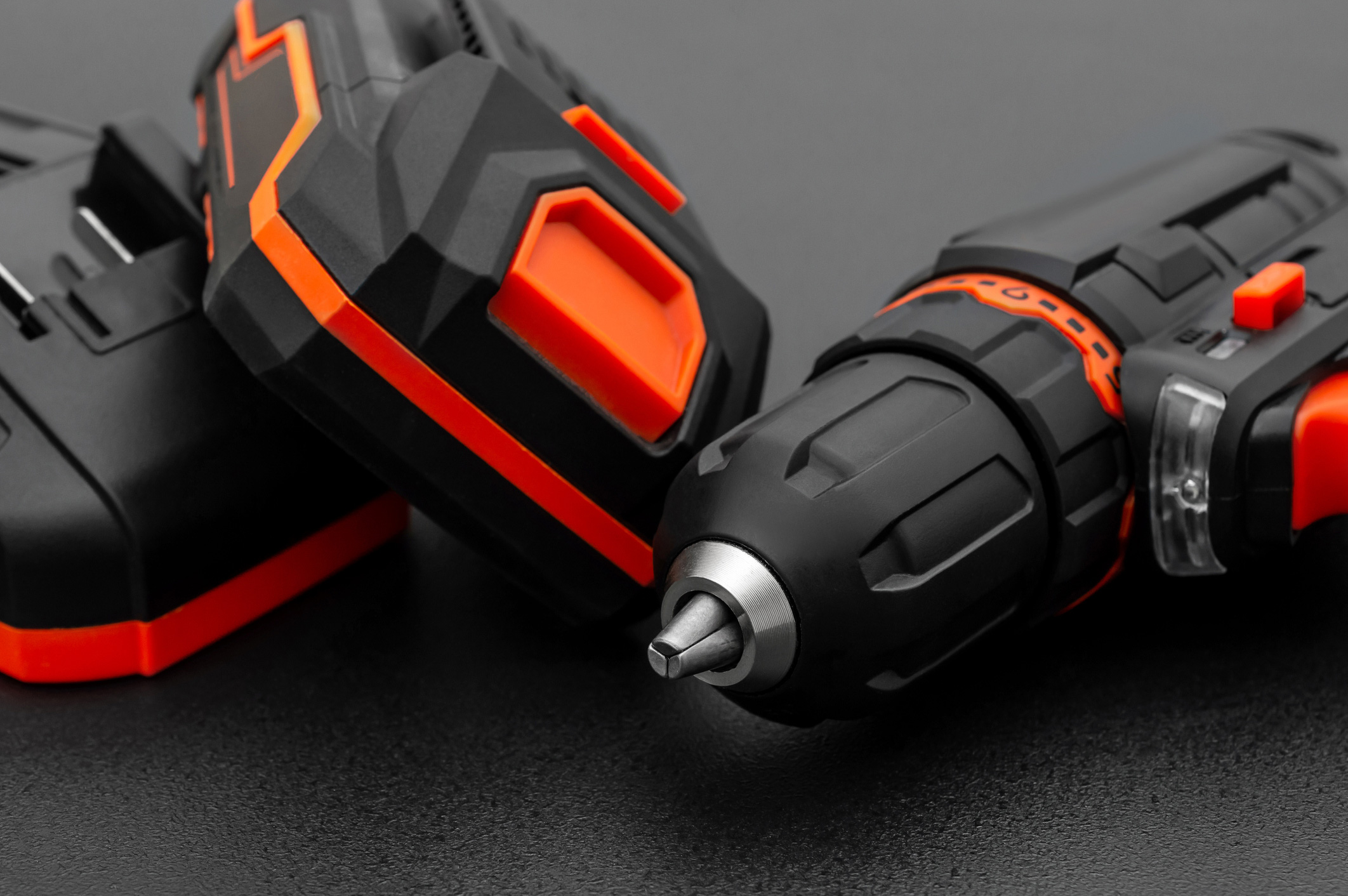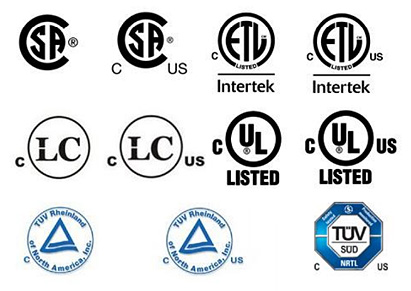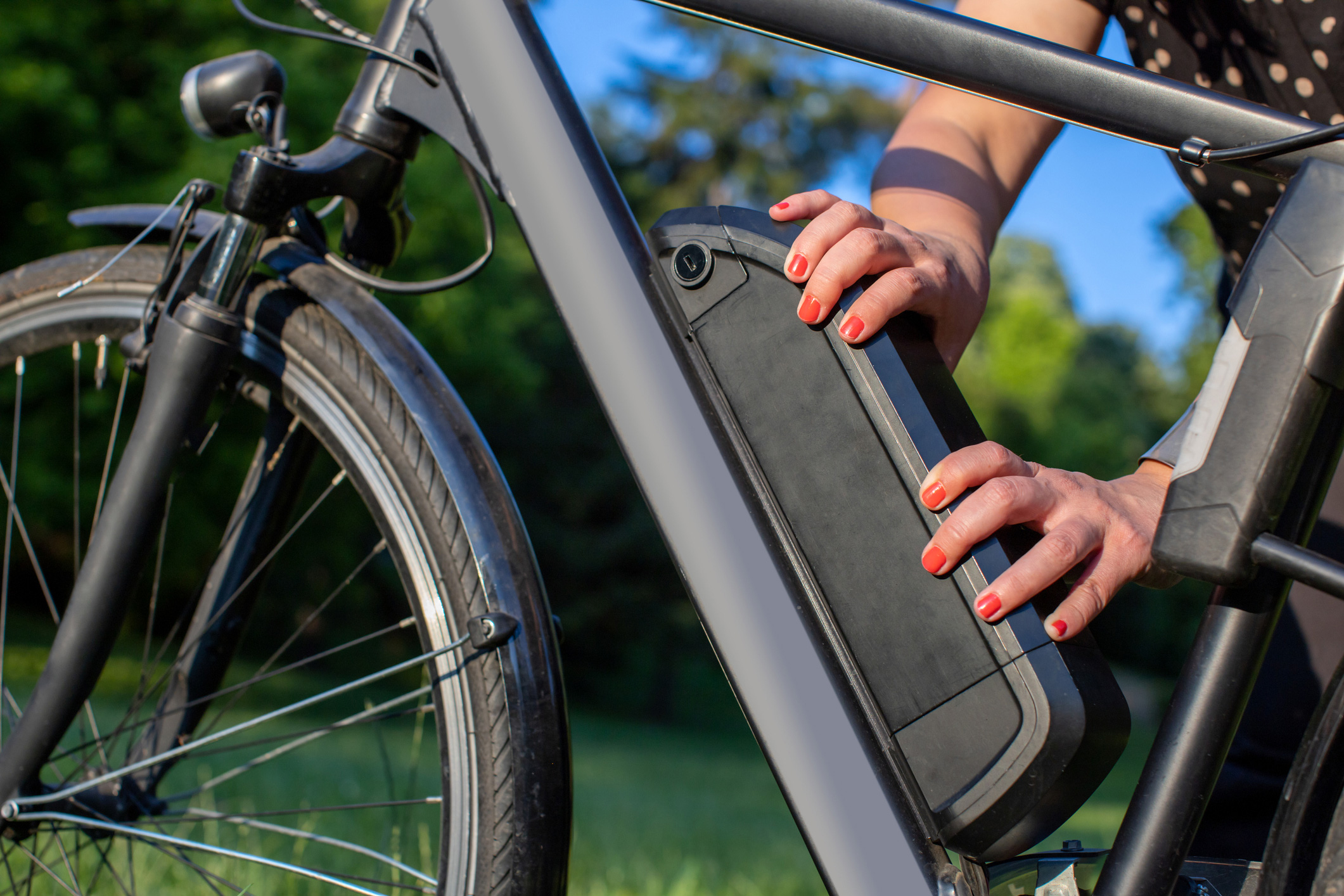Battery safety: Lithium-ion batteries
How to safely use, charge and store your lithium-ion batteries.
On this page
About

Lithium-ion batteries: Text description
A drill and a lithium-ion battery in matching orange-and-black plastic casing.
Rechargeable lithium-ion batteries, also called li-ion batteries, are common in rechargeable products and generally safe to use. However, they have the same safety risks as other kinds of batteries, including:
- overheating
- fires
- explosions
They're more easily damaged than other types of batteries and can become hazardous in certain conditions since they are more volatile.
Lithium-ion batteries are found in many electronic devices, such as:
- toys
- power tools
- baby monitors
- portable power banks
- personal electronics, such as:
- tablets
- laptops
- cell phones
- smartwatches
- vaping products (e-cigarettes)
- e-mobility products such as e-scooters, e-bikes and mobility aids
Safety tips
Follow these tips to help minimize the risks associated with lithium-ion batteries.
Use and storage
Handle lithium-ion batteries carefully. Do not throw, modify or tamper with them. Check for signs of damage, and don't use batteries that:
- are swollen or dented
- have torn, plastic wrappers
- show other signs of damage or wear
Keep your batteries in a safe place, out of sight and reach from children. If you carry batteries with you, keep them in a protective, non-metal case.
Keep batteries stored in a dry location at room temperature. Do not:
- leave batteries out in the sun or in a hot or cold car
- let moisture form on either end of the battery's terminals
Charging
Do not charge your battery for longer than the recommended charging time. Overcharging can cause your battery to overheat, which can lead to fires or explosions.
Charge your device at room temperature where you can see it. Soft surfaces, like a couch or bed, can trap heat around the battery and cause the device to overheat.
Charge your battery before it drops below 30% to help it last longer and work safely. Do not keep it plugged in and charged at 100% for long periods.
Unlike older types of batteries, you do not need to fully discharge lithium-ion batteries. This may actually harm them.
Charge your product away from exit doors in case of fire.
Original and replacement chargers
Use the charger that came with your device. If you need to replace your charger, buy it from a trusted source and make sure the voltage and current are compatible with your device.
Contact the original product manufacturer if you need a replacement charger for higher voltage items like e-bikes, remote control cars and power tools.
Only use chargers that have one of the recognized Canadian certification marks, such as:
- CSA
- cUL
- cETL

Canadian certification marks: Text description
First row, left to right:
- Canadian Standards Association certification mark. The letters 'S' and 'A' are placed within the curve of the 'C'.
- Canadian Standards Association certification mark for Canada and US. The letters 'S' and 'A' are placed within the curve of the 'C'.
- Intertek certification mark for Canada. The letters ETL are written in a circle and Intertek is written beneath it.
- Intertek certification mark for Canada and US. The letters ETL are written in a circle and Intertek is written beneath it.
Second row, left to right:
- LabTest Certification Inc. certification mark for Canada. The letters LC are written in a circle.
- LabTest Certification Inc. certification mark for Canada and US. The letters LC are written in a circle.
- Underwriters Laboratories certification mark for Canada. The letters UL are written in a circle and Listed is written beneath it.
- Underwriters Laboratories certification mark for Canada and US. The letters UL are written in a circle and Listed is written beneath it.
Third row, left to right:
- TÜV Rheinland of North America, Inc. certification mark for Canada. All the letters are inside of a circle.
- TÜV Rheinland of North America, Inc. certification mark for Canada and US. All the letters are inside of a circle.
- TÜV SÜD America Inc. Product and Service Division certification mark for Canada and US. The letters TUV, SUD are inside a hexagon.
Chargers without these marks do not meet electrical safety standards and may cause electric shock and fires.
Advice for larger battery systems

Larger battery systems: Text description
A black e-bike's front wheel and frame, with 2 hands reaching for its black, rectangular lithium-ion battery attached to the frame.
Some rechargeable products require many powerful lithium-ion battery cells such as:
- large tools
- e-mobility devices such as e-scooters, e-bikes and mobility aids
- battery powered lawnmowers and snowblowers
- energy storage systems used to store solar and wind energy
Incidents with these larger and more powerful batteries can be more severe and the fires harder to extinguish.
Use
Use the original lithium-ion batteries that came with your product. Contact the original manufacturer if you need replacement batteries. If you cannot reach the original manufacturer, contact the product retailer.
Bring batteries to room temperature before using them. Do not attempt to charge in below-zero temperatures.
Do not attempt to modify lithium-ion batteries. Modifying lithium-ion batteries can destabilize them and increase the risk of overheating, fire and explosion.
Read and follow any other guidelines provided by the manufacturer.
Storage
Store lithium-ion batteries with about a 50% charge when not in use for long periods of time. Check them every 3 months to make sure they haven't lost their charge, and charge them back up to 50% if they have.
Store lithium-ion batteries at temperatures between 5 and 20°C in a room with low humidity. If your product has removable batteries, you may need to remove them from the product for storage during hotter or colder months.
Store lithium-ion batteries away from:
- other types of batteries
- flammable or explosive materials
Do not stack heavy objects on top of the boxes containing lithium-ion batteries.
Damaged batteries can cause internal short circuits, which can lead to an explosion.
Disposal
Batteries are considered hazardous waste. Do not place them in household garbage.
Contact your municipality for instructions on how to safely dispose of lithium-ion batteries.